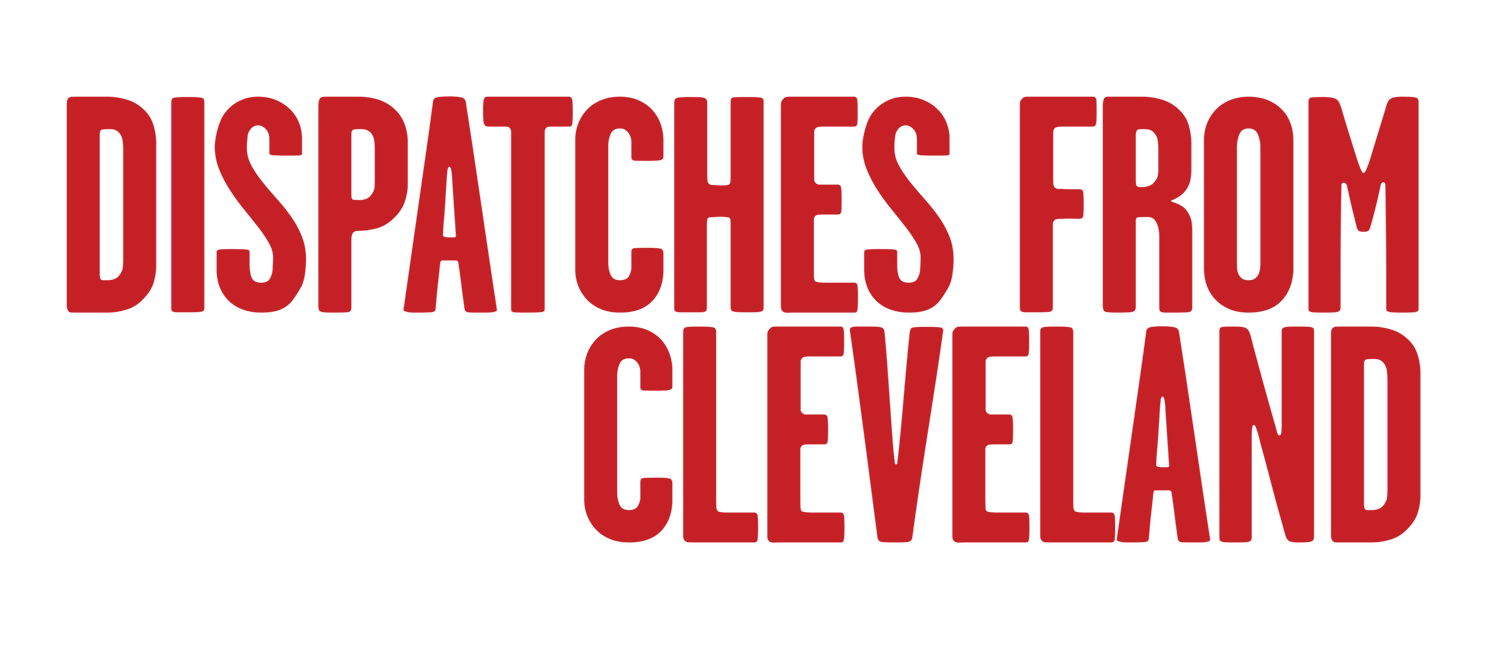MAKING OUR VOICES COUNT! discussion guide: Learn more
CHAPTER 2: A CITY DIVIDED Resource links
Welcome to our MAKING OUR VOICES COUNT! discussion guide resources page for Chapter 1. You can use these links to further the conversation about the topics covered in this chapter. If you don't have a discussion guide, visit our shop to purchase one. You'll find context on each chapter with discussion questions and so much more! This discussion guide can be used in so many different ways. If you have an organization whose mission goes hand in hand with one or all of our chapters, you can take the whole film or just the corresponding chapter, screen it for your members and use the guide to lead a discussion. Or you could hold a community screening of the entire feature film with a guided conversation after the viewing. You could invite someone from the film to your school, organization, church, etc. (we'll be happy to connect you!) to speak about the film, lessons from the guide, and so much more! Email us at info@aubinpictures.com for more info.
This chapter of the discussion guide provides local and national contexts and perspectives, an overview of the foreclosure crisis, in-depth conversations to broaden the conversation, and includes thoughtful discussion questions. Here are resources you can use to engage with this chapter.
It’s actually about each and every one of us trying to collectively come together to make the change which we want to see. And if we don’t all win, we gonna lose.
Fred Ward, Founder, Khnemu Foundation Lighthouse Center
A Divided City is a deeper examination of the historic and intentional racial and economic divide of Cleveland, the loss of Black wealth and homeownership, the communal trauma that accompanies the loss, and finally, the courage of those who are dedicated to revitalizing and healing. Pick up your copy of the discussion guide to learn more.
Learn More About the Foreclosure Crisis In Cleveland:
Read through Cuyahoga Placematters: History Matters Report, a policy brief that establishes the historical, fact-based, data-informed context for how housing, real estate and planning policies disadvantaged minority and immigrant groups in realizing critical life opportunities, by limiting people’s opportunities to live in communities of their choice, and by denying equitable access to mortgage loans.
Visit the IdeaStream website for the Divided by Design Series which looks at some of the crucial policies and practices that created such a black-white divide in the Cleveland region—and which continue to perpetuate racial inequities—in an attempt to bring important historical realities to light so that we may choose a different future.
Read the New York Times Article All Boarded Up: How Cleveland is Dealing With Mass Foreclosure
Learn More Race Relations In Cleveland:
Read Politico’s Cleveland’s Race Problem
Read through Case Western’s piece on African Americans in Cleveland
Read through The Cleveland Historical Team’s African Americans in Cleveland
Visit The Real Deal, a blog that provides regular reporting and commentary from the inner rings of Cuyahoga County, Ohio.
Resources on Revitalization vs. Gentrification:
Read The Nation’s Can Neighborhoods Be Revitalized Without Gentrifying Them?
Read The Revitalization News’ article on Seven Ways To Revitalize A Neighborhood Without Gentrifying It
Read The Baltimore Sun’s piece on Redeveloping Urban America Without Gentrification
Support Community Organizations Fighting for Housing Justice:
Visit Right To The City Alliance (RTC) which emerged in 2007 as a unified response to gentrification and a call to halt the displacement of low-income people, people of color, marginalized LGBTQ communities, and youths of color from their historic urban neighborhoods. RTC is a national alliance of racial, economic and environmental justice organizations.
Visit and read about TheNationalHousingLawProject(NHLP), their mission is to advance housing justice for poor people and communities. NHLP achieves this by strengthening and enforcing the rights of tenants, increasing housing opportunities for underserved communities, and preserving and expanding the nation’s supply of safe and affordable homes.
- Visit Shelterforce, an independent, non-academic publication which provides a venue for conversations that need to be had—on topics from community planning to racial equity
Skip to:





